You might ask is what Human Photography or even what does it mean! It’s both simple and a bit complicated, as things always are with me…
Let me take you back a couple of years ago, when I was considering myself to be a “Street Photographer”, luckily for me travelling through Europe for work and always with cameras. At some time I was also a moderator for some street photography blogs and realised a couple of things:
- First, sifting through all the pictures was quite exhausting, due to the sheer mass of pictures people were posting every day.
- Then a lot of rejection from my part as for me (and the other moderators) Street photography is about representing events in the life of people, having a human element in the picture or something that clearly indicates life!
My father once sat me down in a crowded street and told me, “Look around you, you are looking at the movie of life itself!”
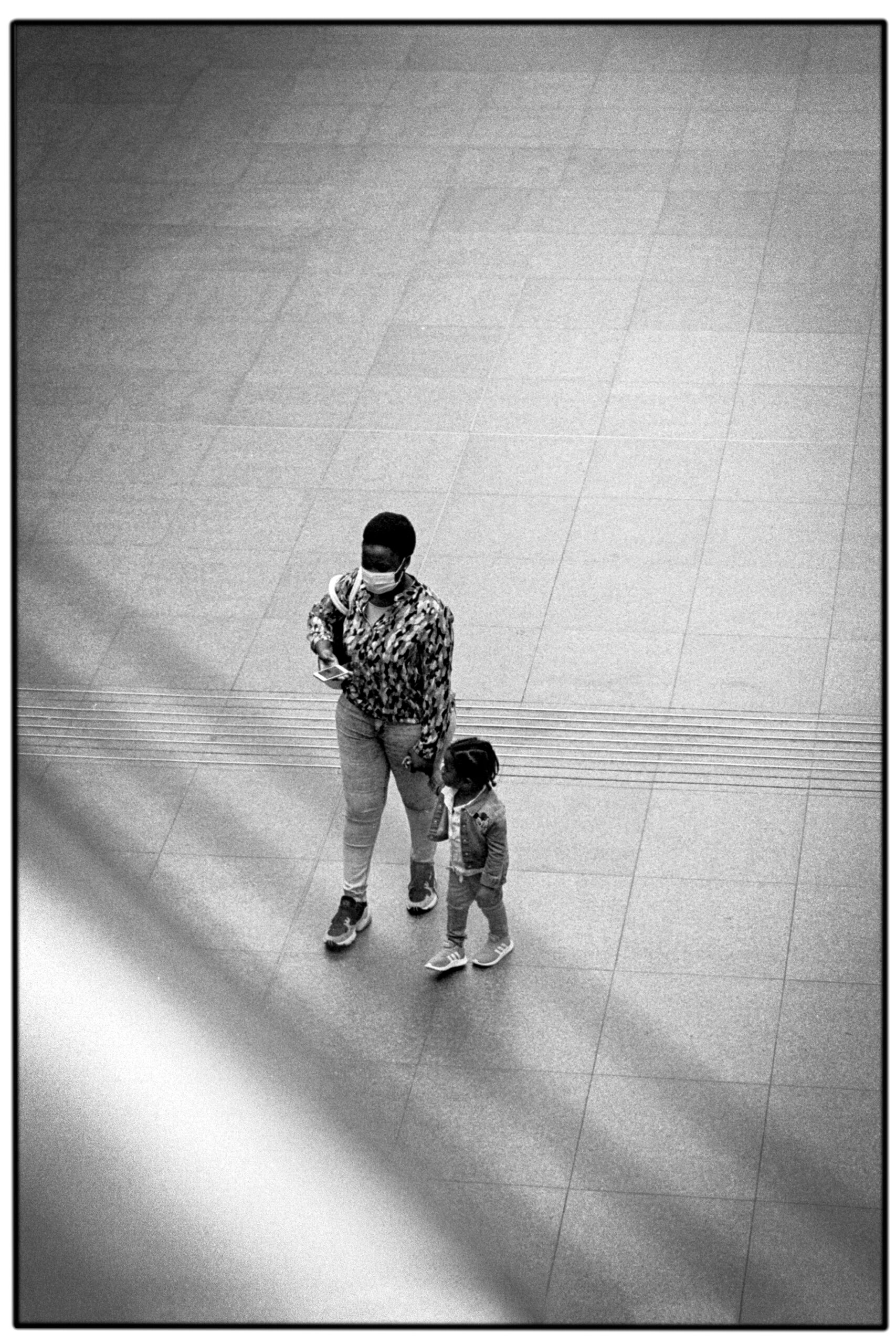
And I still believe that…
Another reason is that I attended a Leica Akademie Master Class a couple years ago. I love taking class about photography, as it improves my photographyma lot, it gives me the opportunity to do critique session and usually meet nice people. This time, the people were nice, but the teacher was in complete opposition with my philosophy of photographing and I was the only one to the complete the assignment. The assignment was reflections (a subject, I am very found of).
For the teacher, shooting a stroll alone in the snow in a good lighting. He takes 50 shots to have one good and looses so much time sifting trough his shots to find the right angle to then lose even more time completely changing his shot in post production. This seems counterproductive to me, and a lot of hassle, whereas if you think before shooting you will end up with far less images to sift through, better raw images and a lot less time in post.
Yes I made mistake during this class. We were in a city at the wrong time of the year, far too cold so no one outside but I managed to have some shots. We were supposed to finish with 5, I’ll present you 3 of the 5:
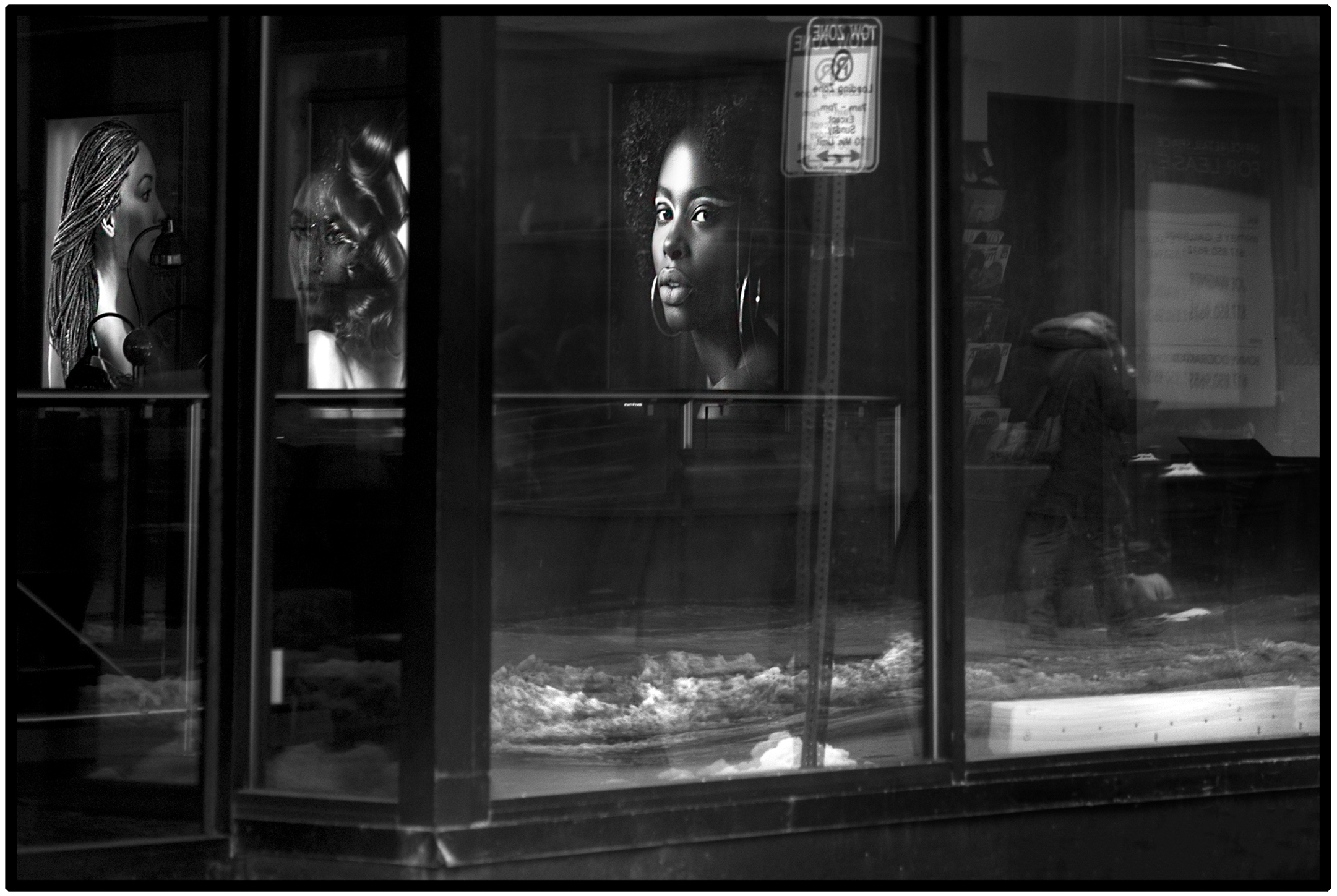
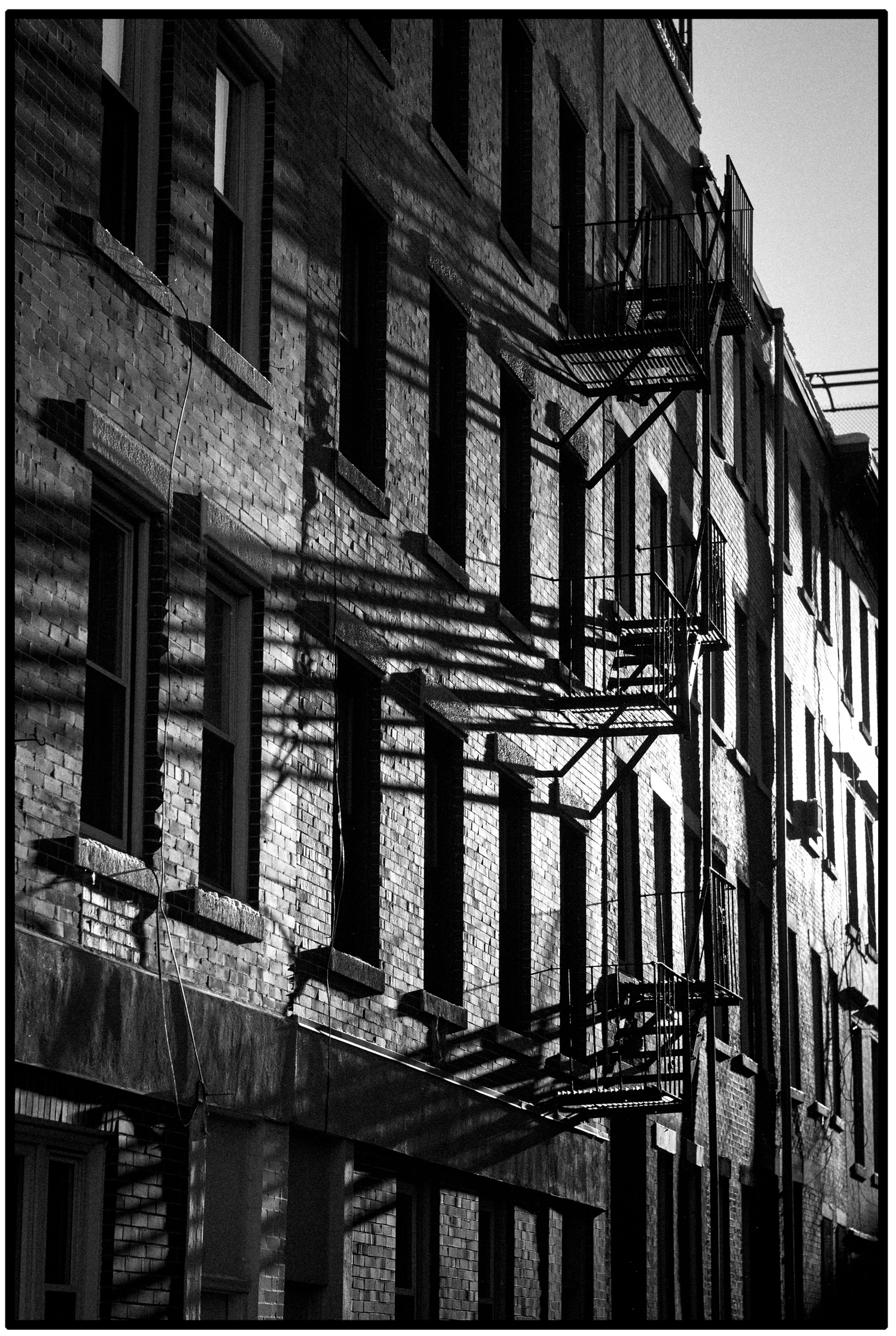
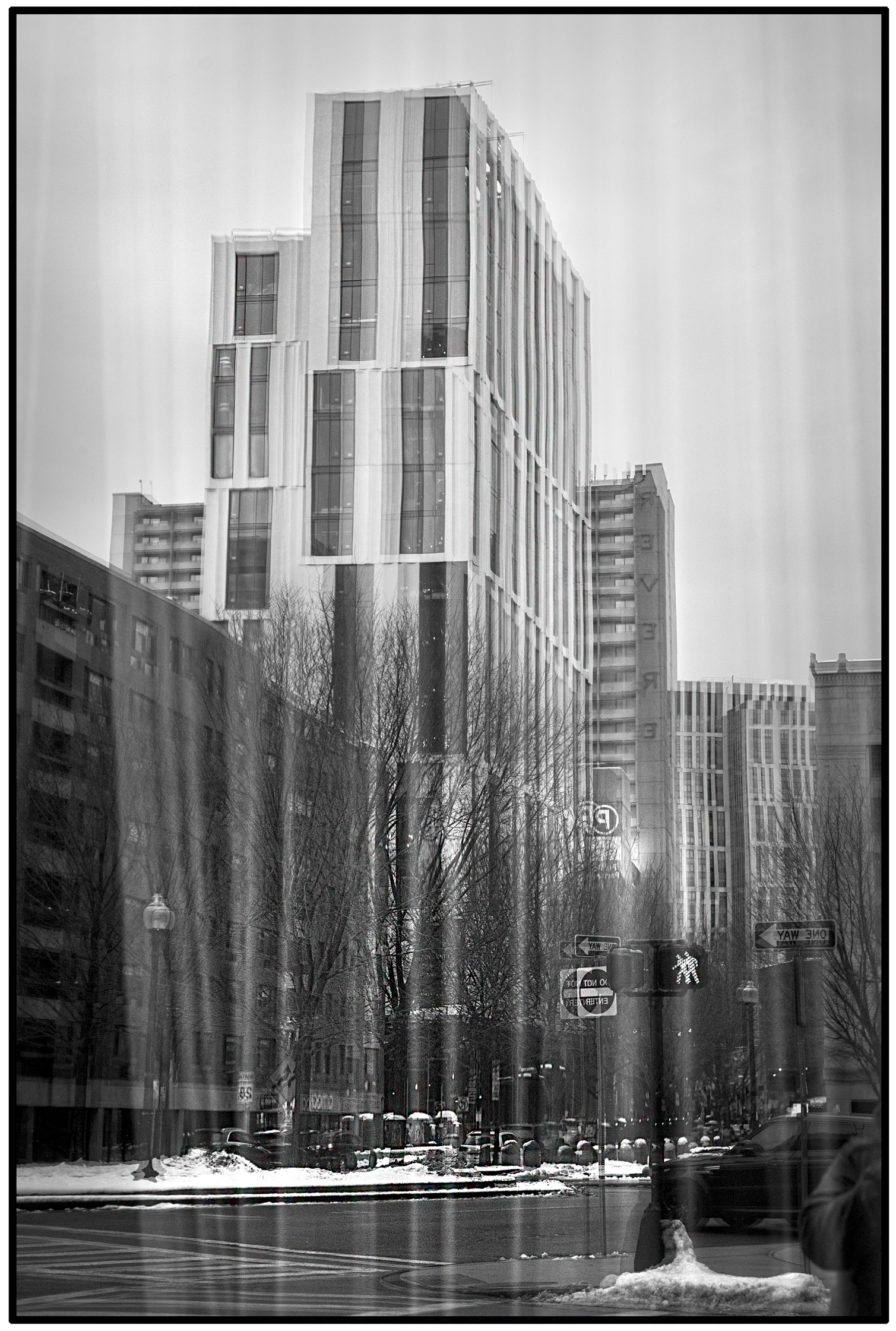
I can’t say that I do not like the images, especially the last one, but in all honesty, this has nothing to do with Street Photography to me.
So, seeing now what the term has become, I cannot and will not identify myself as a Street Photographer. I need a human element in my pictures, or something clear that indicates human life.
And so there you go: Human Photography.
To me, it seems more appt, more defining, just what I am and what I want to be.
I do not want to be the photographer that will take 30 – 40 shots of a cart (to have a single good one) with a beautiful light and no one in the picture, I think it doesn’t mean anything, it doesn’t represent anything (even in a series), I’d rather capture a reflection with a meaningful thought behind it :
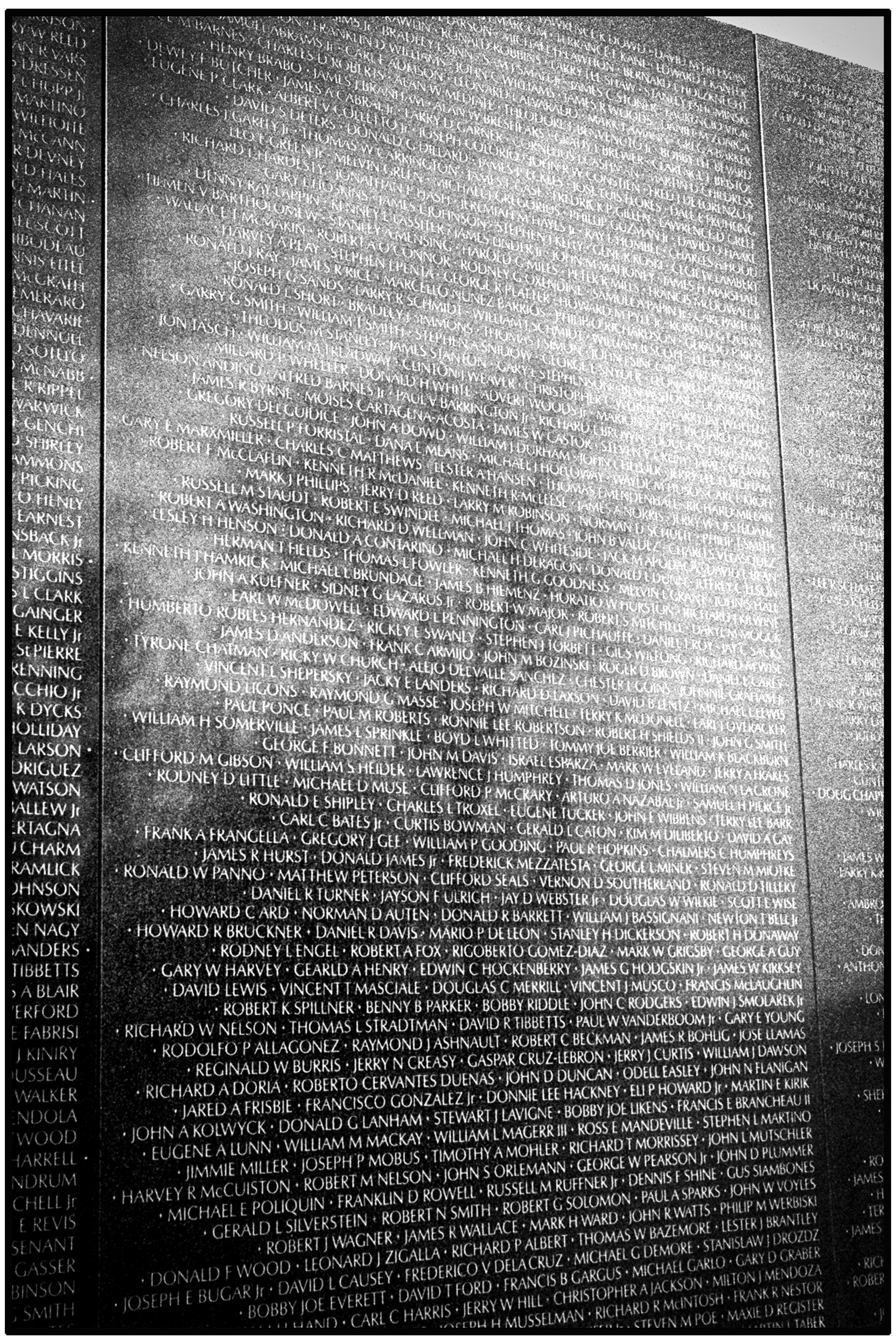
For me, a picture needs to tell a story, it needs to make you go into a memory, provoke something in you. It must be meaningful! At least, that is how I shoot, select, work on my pictures and rarely post them.
Please tell me what it is for you, how do you feel about posting, shooting, post processing and what makes you feel good about your photography!
For me, it’s when I scan my negatives, I see slowly the images appearing on the screen, and I know when I have a keeper! That moment is soo Good!
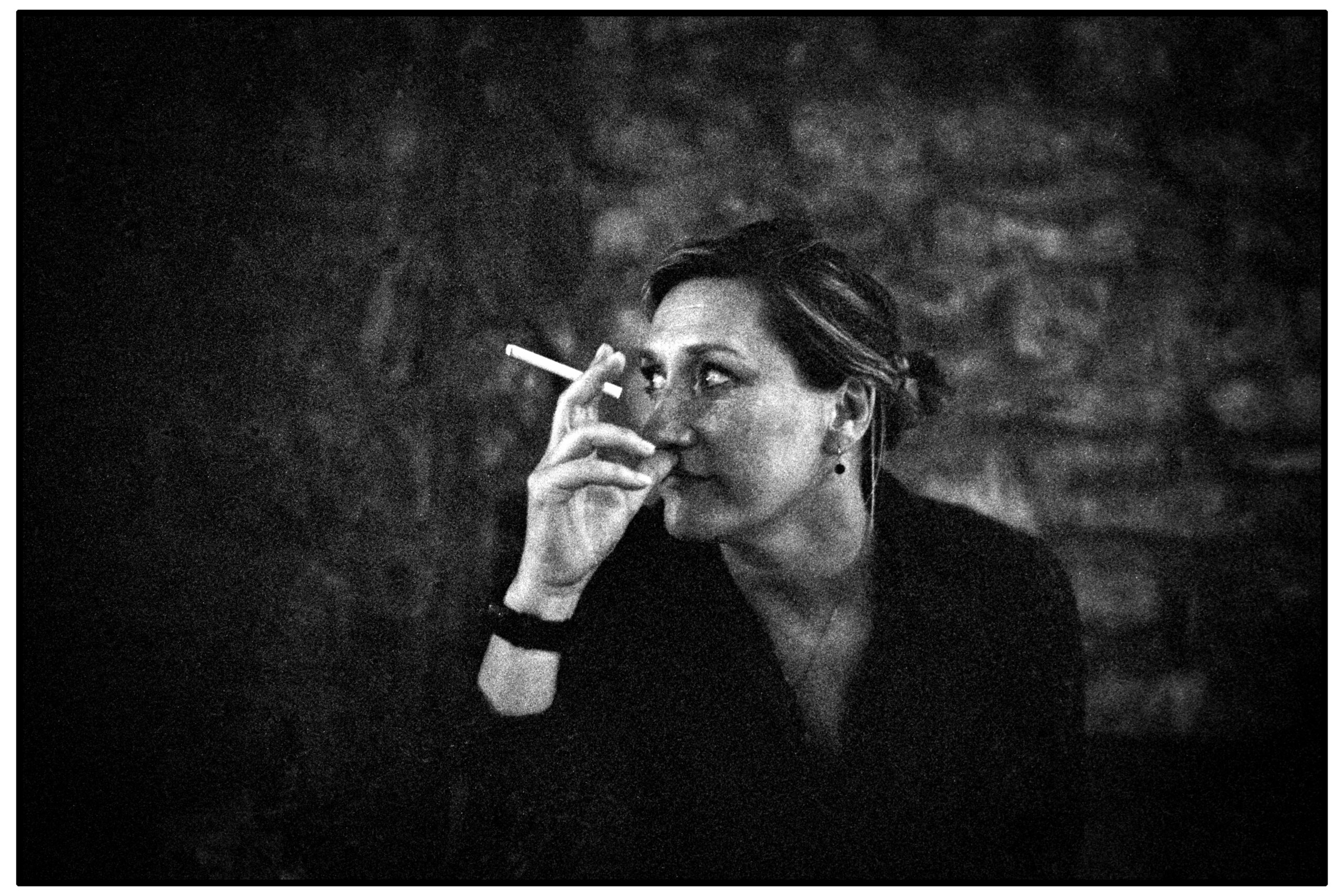
It’s been said that I lurking in the shadows, I do not see it that way! First, when I’m out in the street, I have at least 3 cameras on me (35 or 100, 50 and 75), and the more apt description I’ve came up too with is that I “have my eyes opened”, which means that I’m looking all around trying to spot something that might become interesting.
I love passing times with friends and acquaintances and shoot up close when they are not looking or are so used to see me with a camera that they are not paying attention to it anymore.
I’ve found that this is what gave me my best pictures over the years, the more meaningful shots, the ones that tells a story. I like that fleeting moment when you click.
As I work with fully manual cameras and eyeballing the ev, it’s a question of spotting, checking the settings, focusing and make the composition in camera/viewfinder just before the moment arrives. Sometimes it’s a 2-3 second process, sometimes even less (especially in low light scenarios).
Thus, some meaningful shots to me would be:
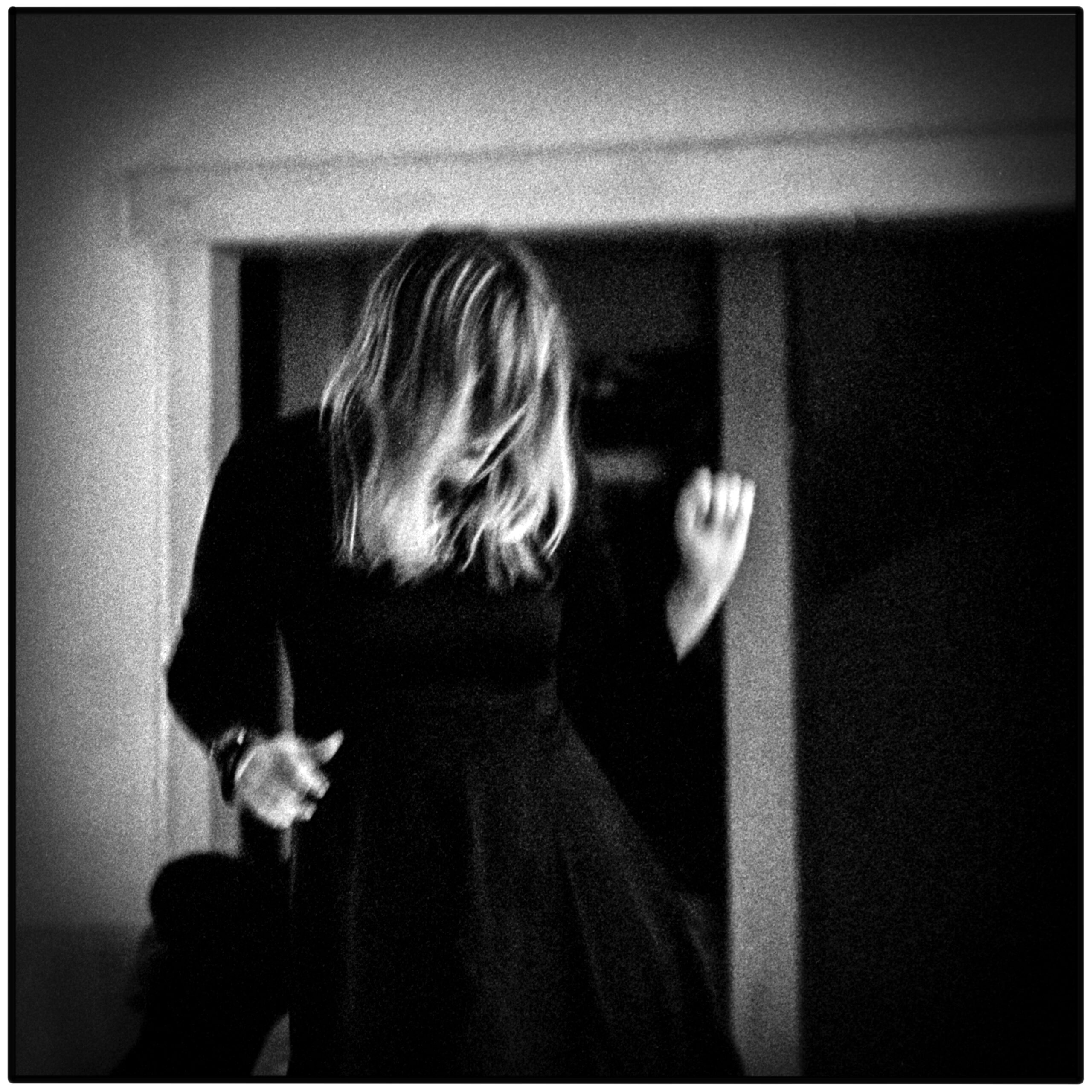 A bit blurry? Yeah baby! (1/15s @f2)
A bit blurry? Yeah baby! (1/15s @f2)
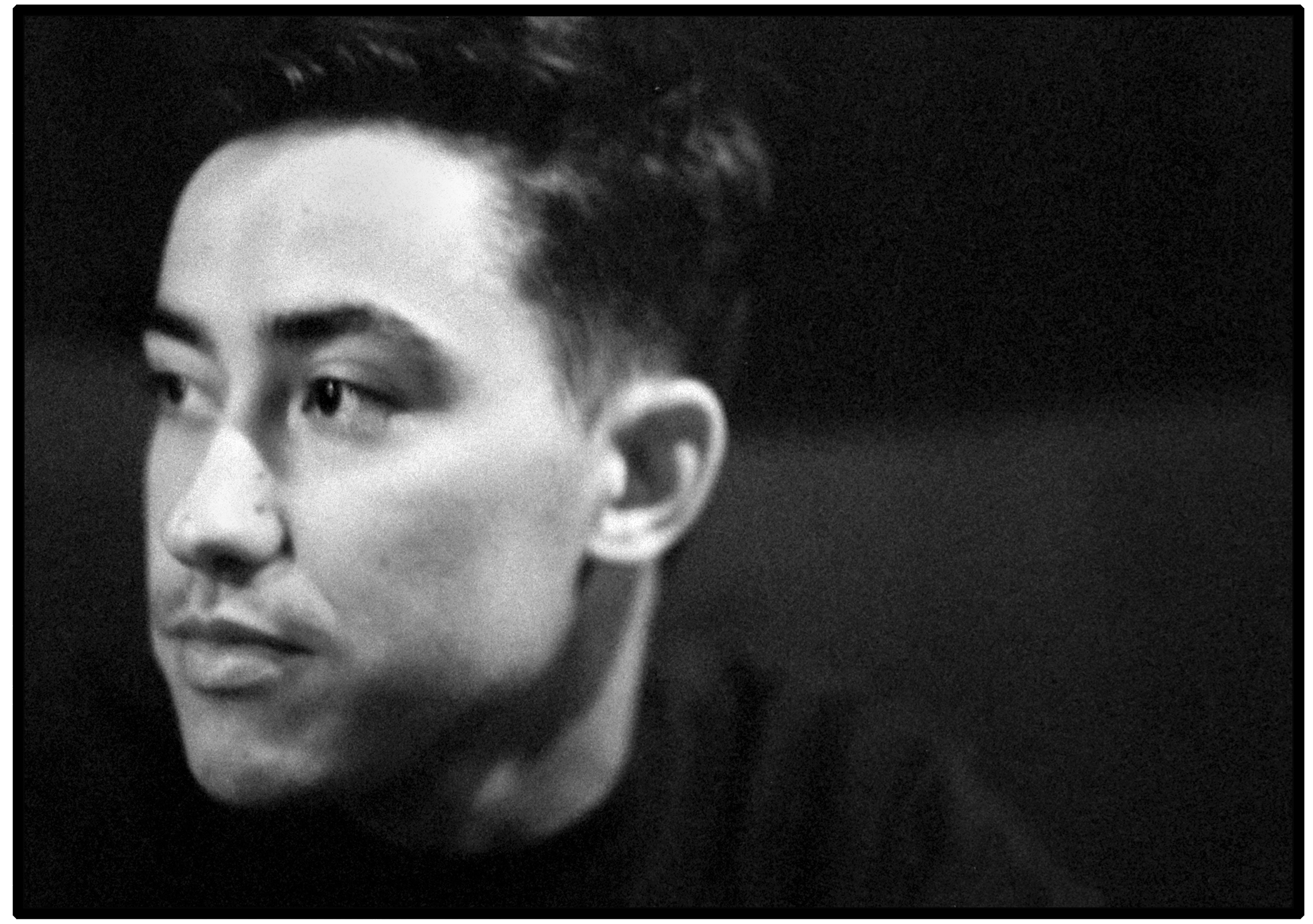
Still not in focus, but who cares? do you need focus to have the result you are looking for? I mean, technically there is not enough dof, and I missed the focus. That being said, to me when looking at the picture, it just makes me feel… What is felt is different for everyone, which was the point of the picture! I want to provoke some response!
That is why I love Human Photography so much!
So many places, people and situations. If you have your camera with you at the ready, then it becomes so natural and quite frankly so easy, that you just continue to keep shooting good ones (at least according to my standards!)
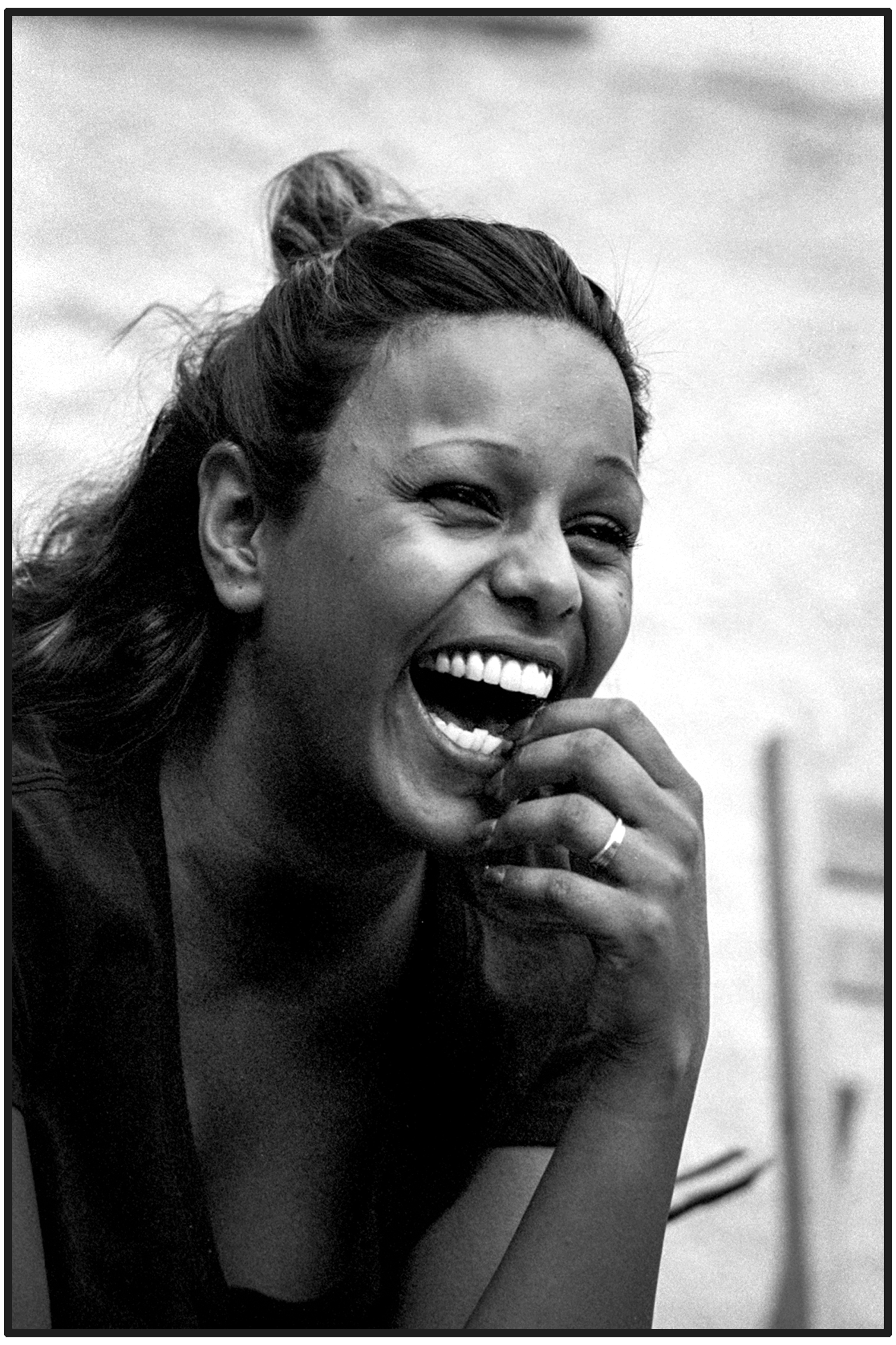
Might be a friend, might be someone I do not know at all, it does not matter at all! The way you approach someone, your non verbal communication is in my experience the key to shooting strangers all over the world!
What I am interested in is the result… and nowadays, I am aiming for emotions!
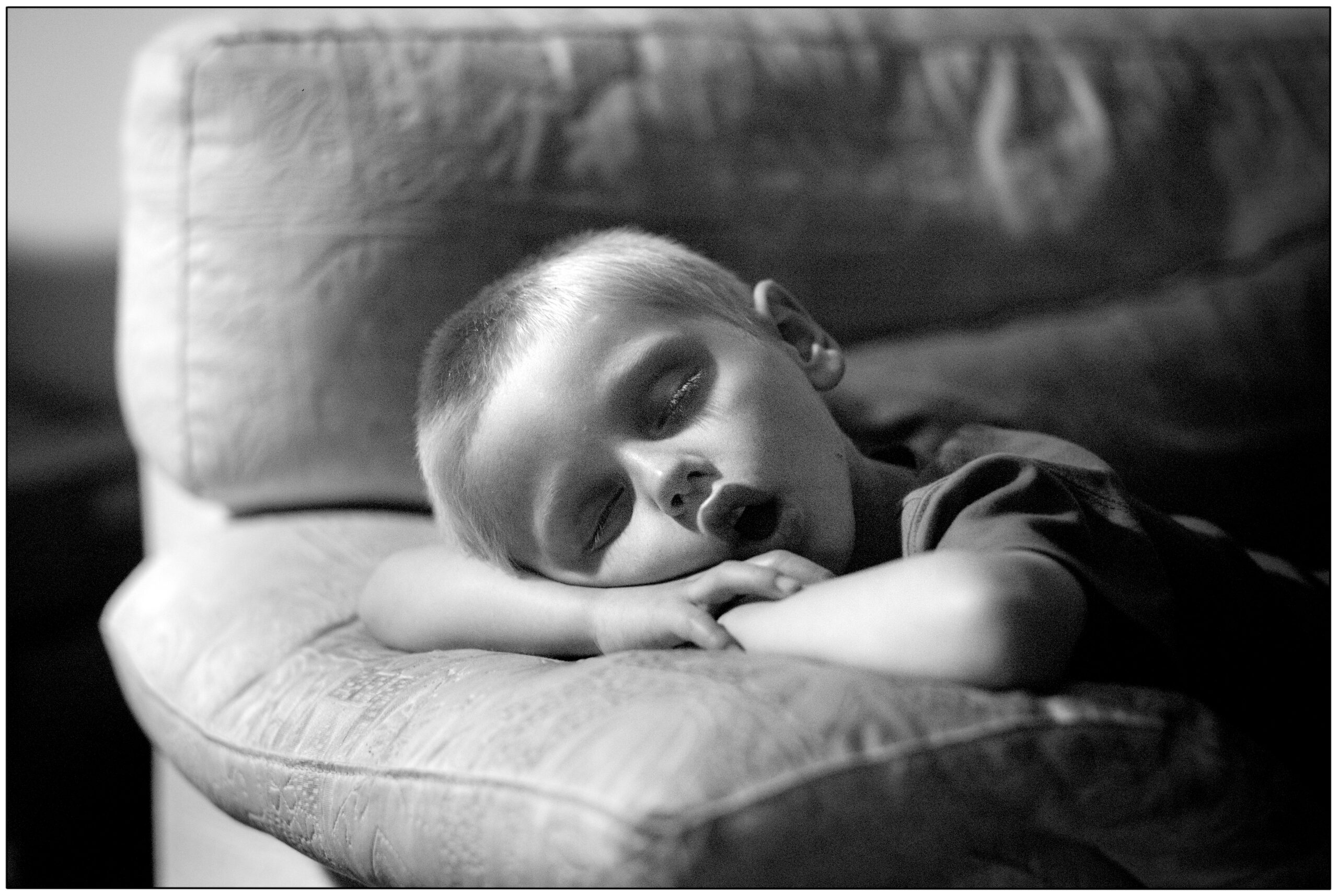
Also, I must admit that with children it is so easy, they do not have our filters, They make you feel what they think about you and are so honest. I wish I’ve could have stayed like that ….
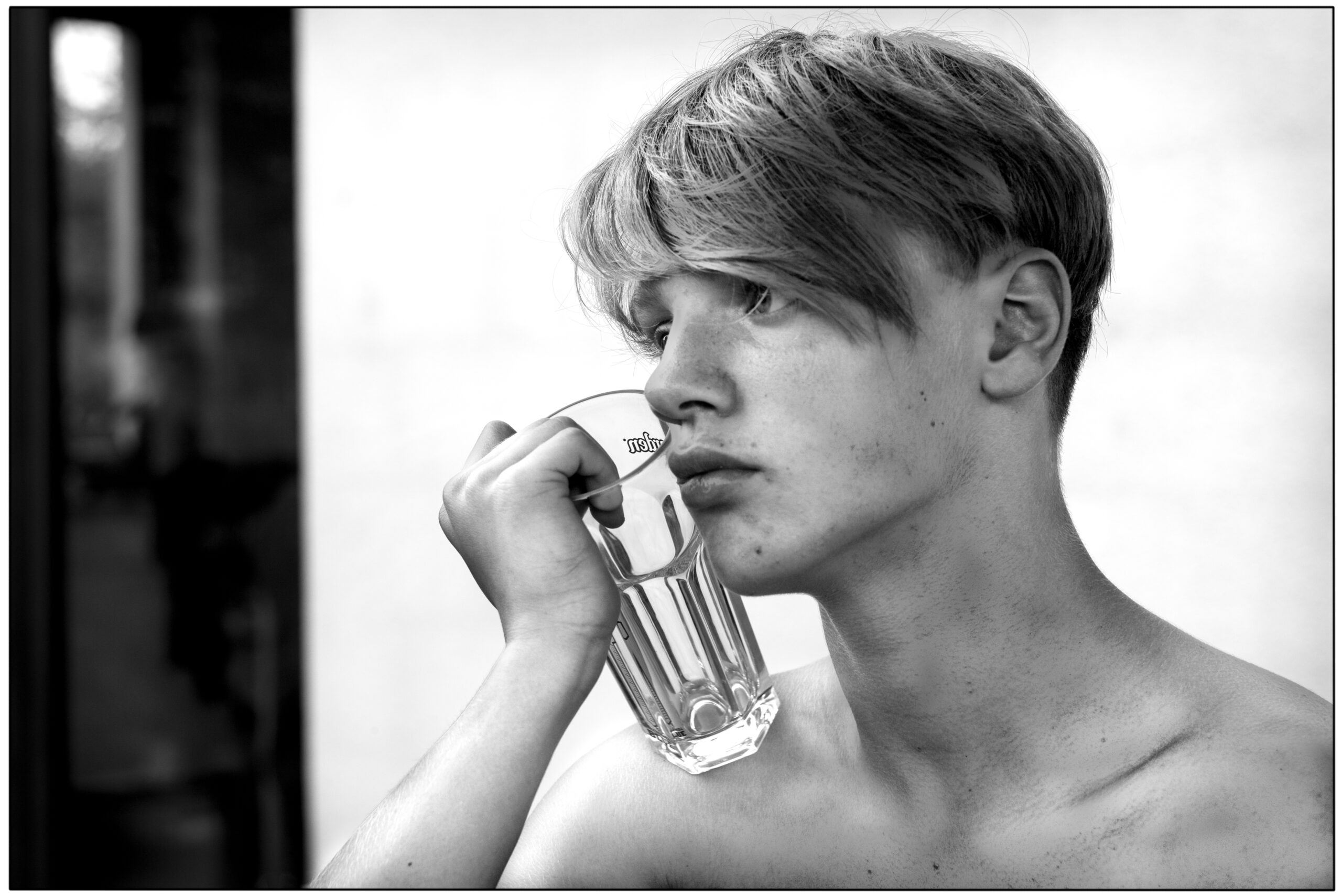
No, it’s not a pose, it’s a fleeting moment!
Sorry guys, I’m ranting again, so let’s finish this up.
Please tell me what is your moto, what makes you click, turn on your eyes, and what is the result?
Just two more to really explain my point and I’ll let you tell me you what’s your take on this!
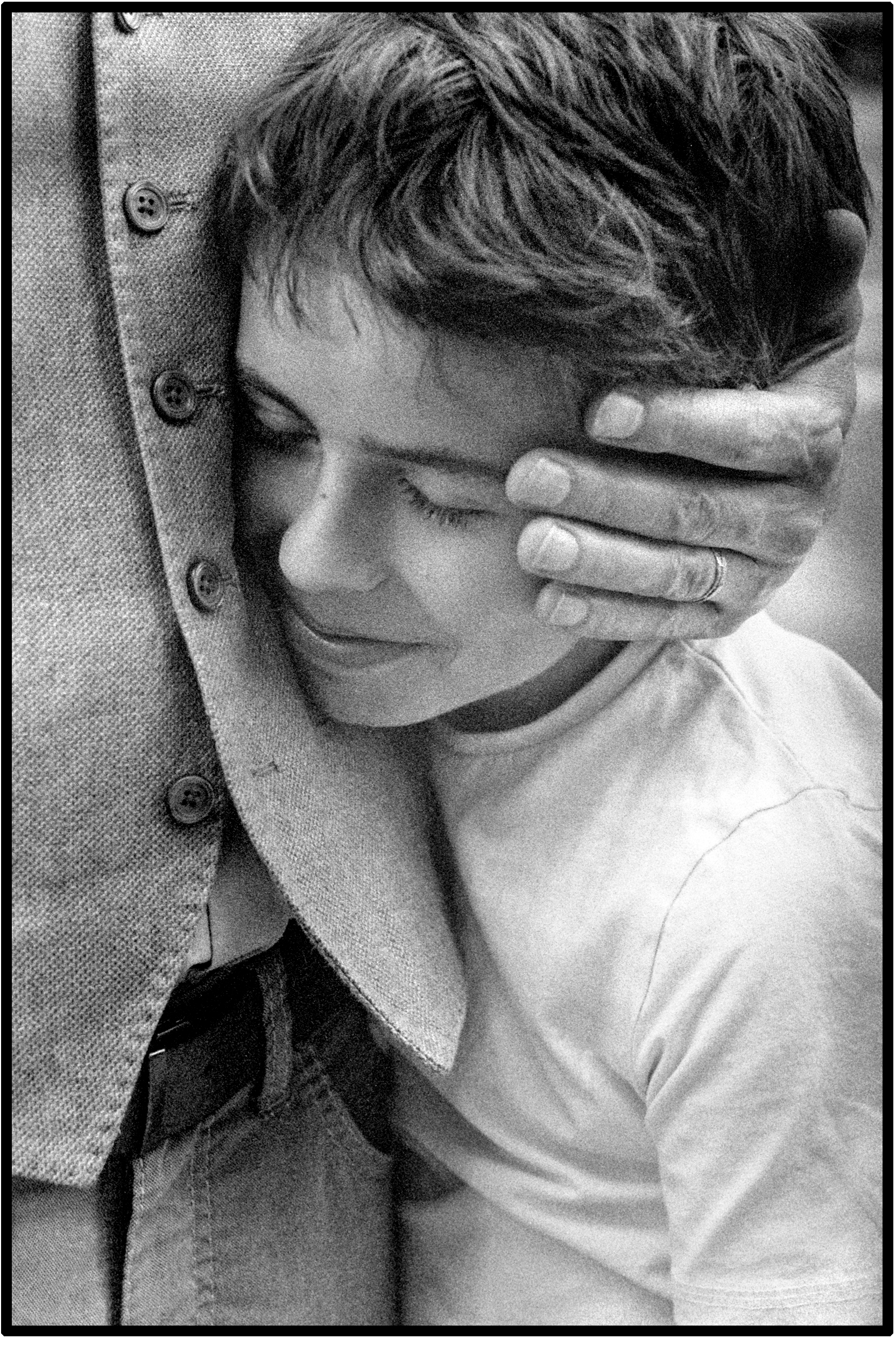
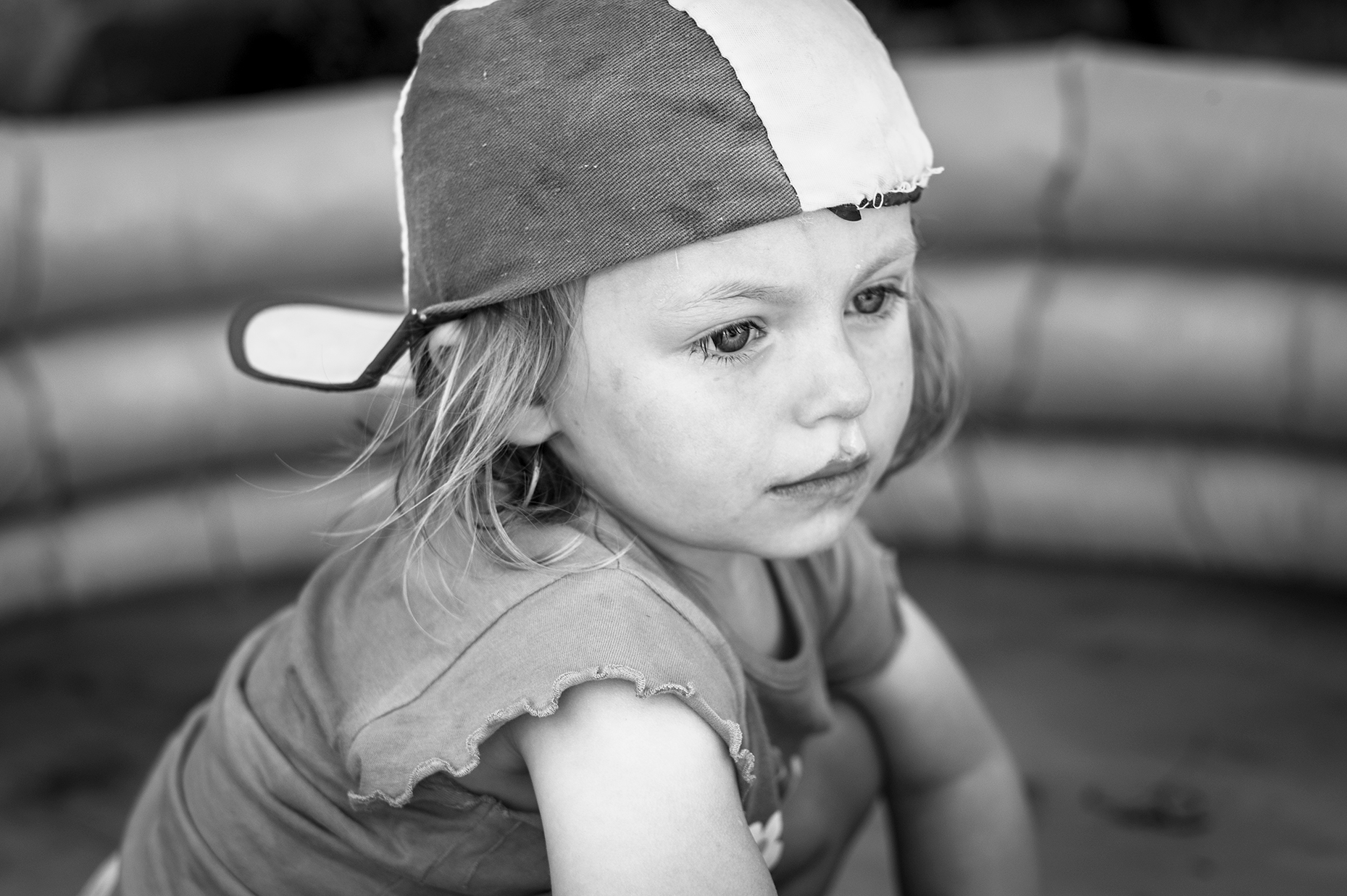
Thank you for reading
Alex
Share this post:


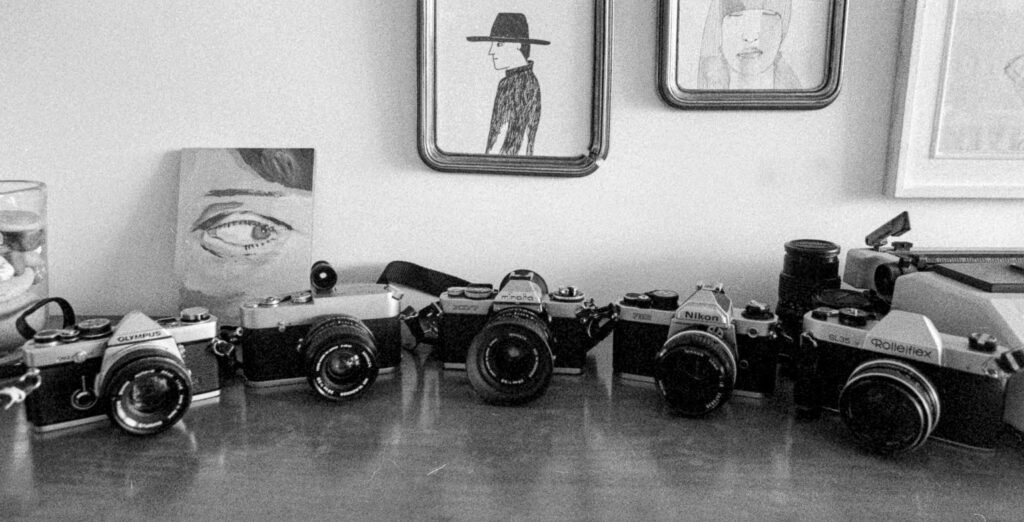
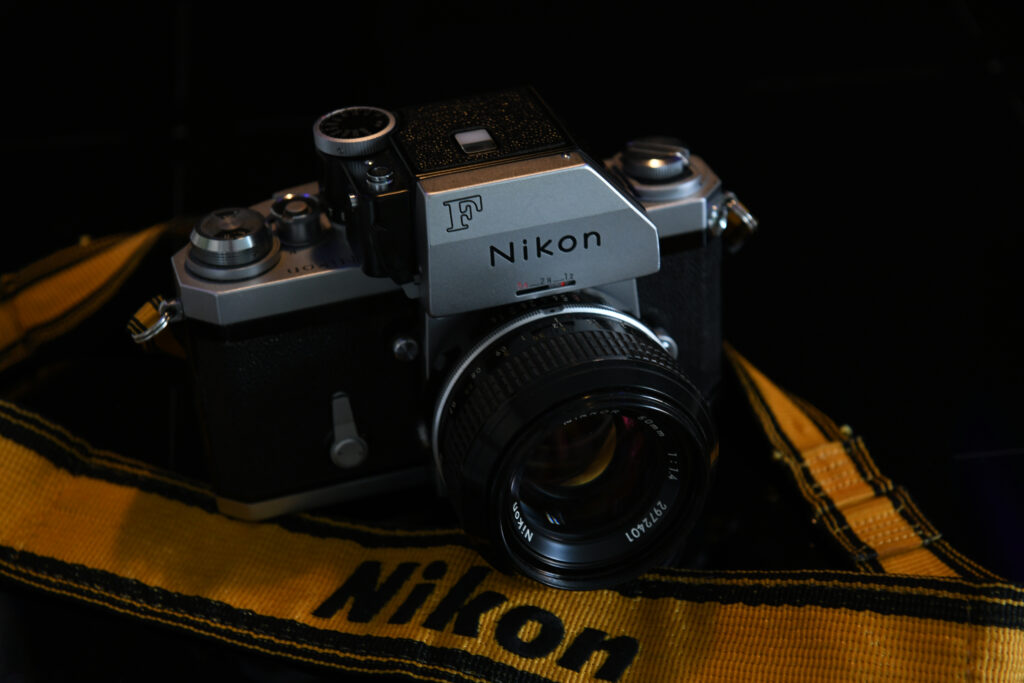
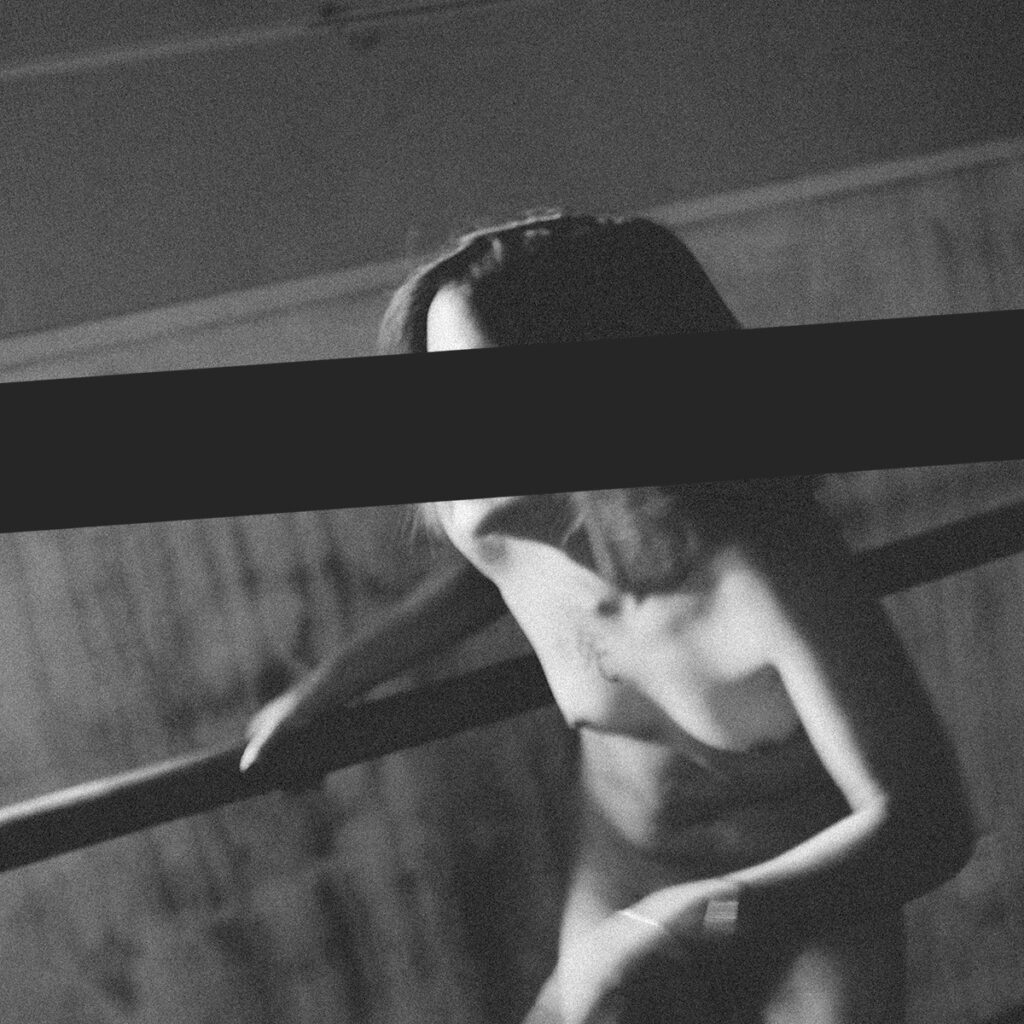
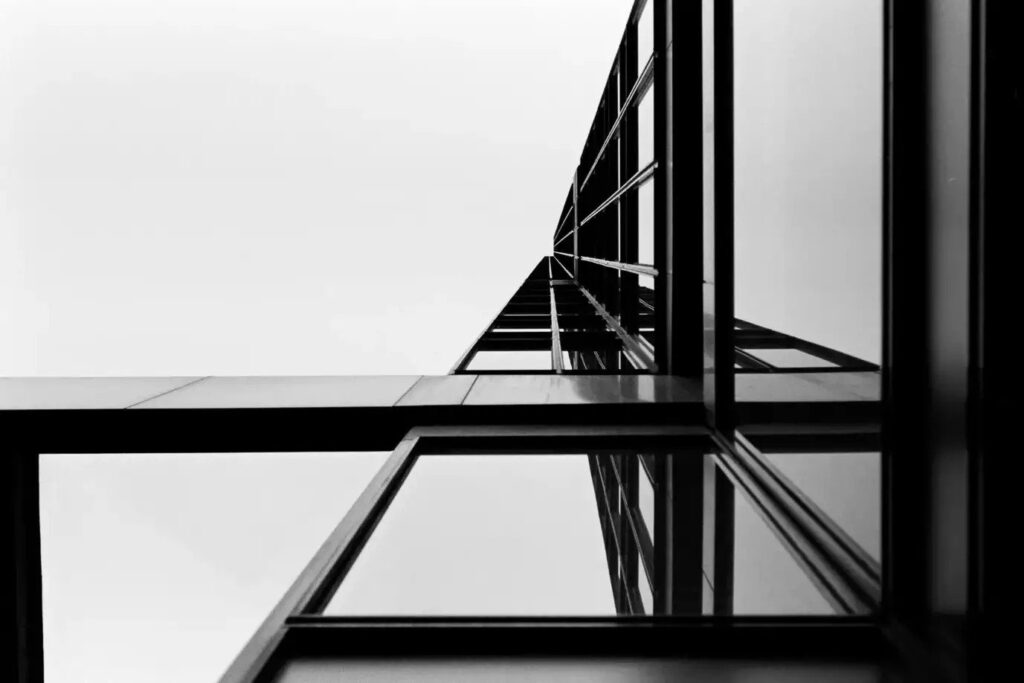
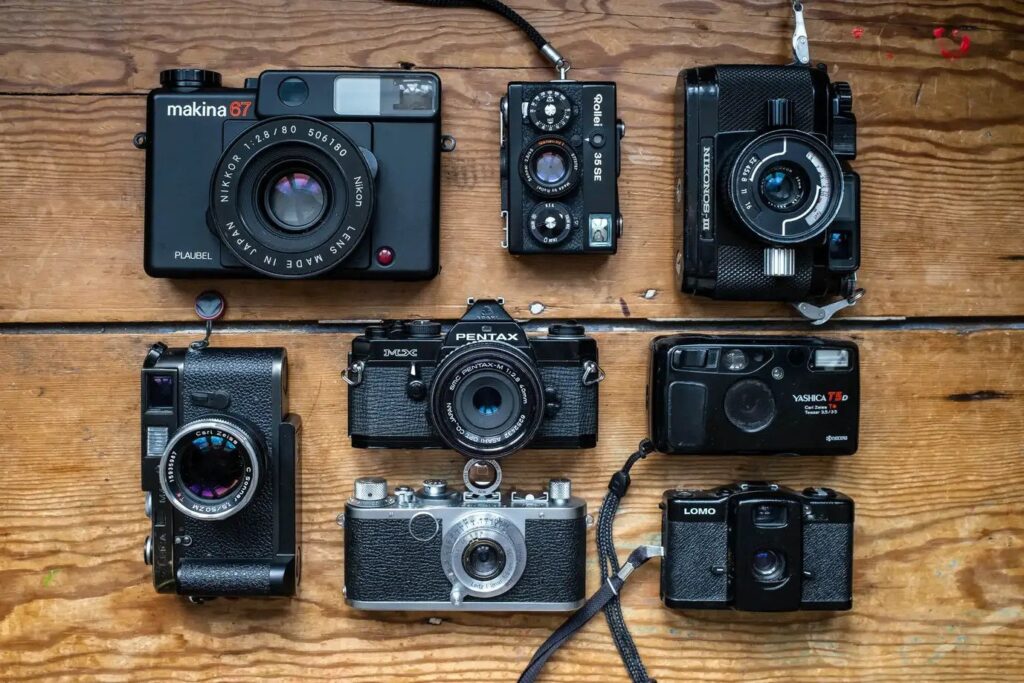
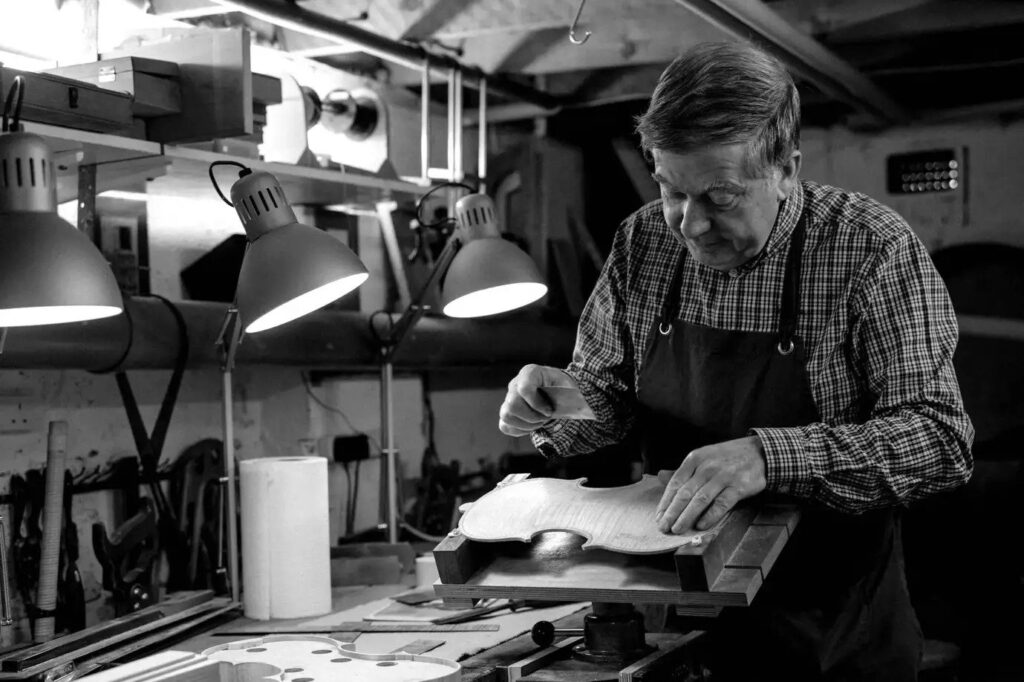
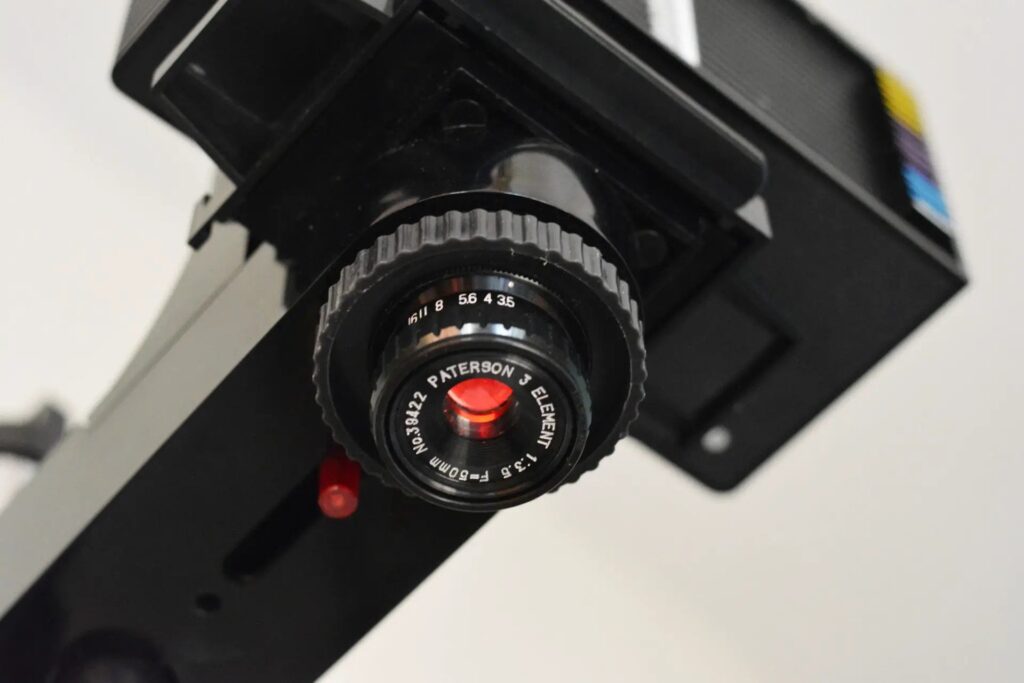
Comments
Nik Stanbridge on Human Photography – My Definition and my Work
Comment posted: 14/09/2025
Comment posted: 14/09/2025
Ibraar Hussain on Human Photography – My Definition and my Work
Comment posted: 14/09/2025
“I cannot and will not identify myself as a Street Photographer. I need a human element in my pictures, or something clear that indicates human life.”
Likewise. A human in a photo, whether a landscape or urban scape gives it life - even an animal such as a cat, dog or bird. And cracking photos as well my friend
Comment posted: 14/09/2025
Adrien Grelet on Human Photography – My Definition and my Work
Comment posted: 14/09/2025
Simon Bohrsmann on Human Photography – My Definition and my Work
Comment posted: 14/09/2025
Comment posted: 14/09/2025
David Pauley on Human Photography – My Definition and my Work
Comment posted: 14/09/2025
Please keep posting your wonderful work and . A bientôt j'espère... David
Comment posted: 14/09/2025
Bill Brown on Human Photography – My Definition and my Work
Comment posted: 14/09/2025
Comment posted: 14/09/2025
Comment posted: 14/09/2025
Comment posted: 14/09/2025
Comment posted: 14/09/2025
Comment posted: 14/09/2025
Scott Ferguson on Human Photography – My Definition and my Work
Comment posted: 14/09/2025
Fantastic post and beautiful shots. I'm really interested in shooting people as well, and have spent a lot of time over the last phase of my development as a photographer working on my skills in doing portraits of people I meet out and about in public places. What I'm doing currently feels more like street photography that what you are doing here with your very intimate portraits as well as your cityscapes, which feel more fine art/architecture than what I normally think of as 'street'. I think both modes of what you are doing are gorgeous.
I'm really interested in knowing a little more about how you do the portraits, including what lenses you are using, and how close you are to the subjects, both in terms of the physical space between the front of the lens and their faces, but also how well you know these people? Are these all full frame, or have you cropped in post to get tighter? I'm somewhat in awe of the intimacy you are getting with the portraits, which is something I might aspire to as I continue to grow, but I'm a long way away from now. A big part of how I've been shooting since I decided I wanted to focus on photographing people has been figuring out how to get closer and closer to the people I'm shooting. But even if I'm shooting near the minimum focus distance of my lens, I'm still shooting a 'public' version of how someone is presenting themselves to the camera and the world, as opposed to these gorgeous more unguarded moments you're able to get. I'm super impressed and would love to know more about your techniques and learn more from what you are doing.
I'm also intrigued by your thoughts on the (un)importance of technical perfection in an image, such as focus. I go back and forth a bit on finding the sweet spot between what feels like a well-made photo, which can include things like grain motion blur, flares or bokeh and some room for less than pin sharp focus, and something that is so clinical it doesn't feel like it has a point of view or emotional connection to either the photographer or the subject. I have a few favorite shots that I was hesitant to share with people in the beginning if they had any noticeable technical flaws, which I'm overcoming. But I hesitate if the flaws start to overwhelm what might be the underlying impact of the emotional impact of a photo. I think you are well inside the line of that distinction in your photos shared here.
Anyway, thanks for sharing what is a very powerful and interesting post.
best,
s
Comment posted: 14/09/2025
Comment posted: 14/09/2025
Comment posted: 14/09/2025
Gary Smith on Human Photography – My Definition and my Work
Comment posted: 14/09/2025
I think it's great that you have identified a purpose for your art. I just stumble around shooting things that catch my eye with no rhyme or reason.
Looking forward to your next post!
Comment posted: 14/09/2025
Leonel Leyva C on Human Photography – My Definition and my Work
Comment posted: 14/09/2025
I agree with you that photography gives better results if we carefully consider and analyze what we're going to photograph...
I like the way you see things and the images you're producing.
Your portraits are full of humanity.
Thank you for sharing them with us!
Comment posted: 14/09/2025
Russ Rosener on Human Photography – My Definition and my Work
Comment posted: 15/09/2025
Comment posted: 15/09/2025
Jeffery Luhn on Human Photography – My Definition and my Work
Comment posted: 15/09/2025
What I like best about the photos you posted is the intimacy. You can't get that by hiding behind garbage cans and being a photo sniper. When I first started as a pro shooter, at age 17, my editor kept telling me to get closer. Get closer. Get closer. A photo instructor echoed that advice: "Get within two arm lengths from your subject. If you can't smell them, you're too far away." That advice really stuck, and it seems as though you take that approach too. When you're that close, you are collaborating with your subject. Sometimes they look right into the camera, and then look away. That's the opportunity for two great shots. Although I shot a lot with a 50mm because it was f/1.4, my favorite lens was/is the Nikkor 105mm f 2.5. It's close focusing and sharp, even wide open. I rarely shoot digital these days, but when I do, the Nikkor 85mm on a full frame camera is very good. As you stated, I paraphrase 'a photo without a human doesn't say anything.' I appreciate rock and tree pictures as much as the next person, but people shots are the 'landscape' with the most individuality. No two are the same. KEEP SHOOTING!!!!
Comment posted: 15/09/2025
Keith Shearon on Human Photography – My Definition and my Work
Comment posted: 15/09/2025
I appreciate shapes and object juxtaposition, and especially lighting to accentuate the juxtaposition. But I have come to see in my work and the work of many other document makers that having humans in the document make them more valuable. I was struck by this fact while contemplating a drought in my work. I was not inspired. I wanted to work, but I was not motivated to work. After thinking about this for good bit of time and discussing with a collaborator, the problem came to me in a quiet time. There must be people, and much better if just one person (for me) in the image I am making. Having the person somehow emphasizes reality, or makes me think of life and living, rather than objects just being present in a space.
Comment posted: 15/09/2025